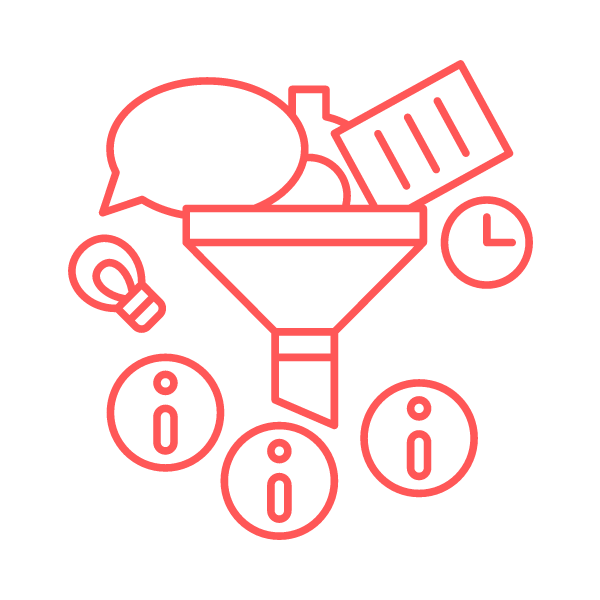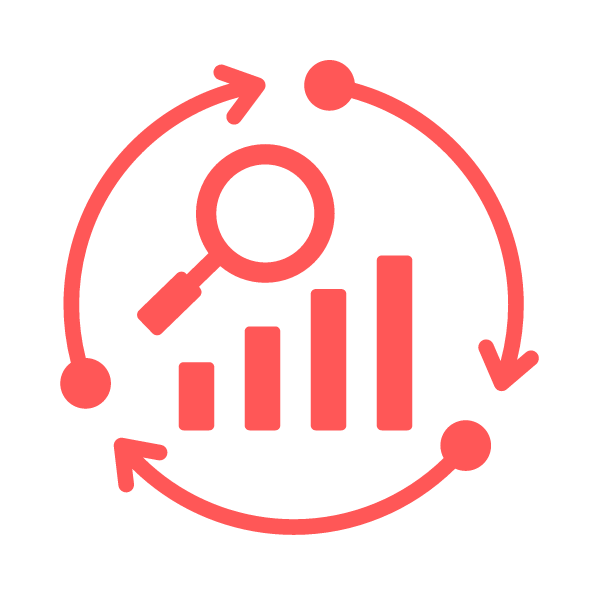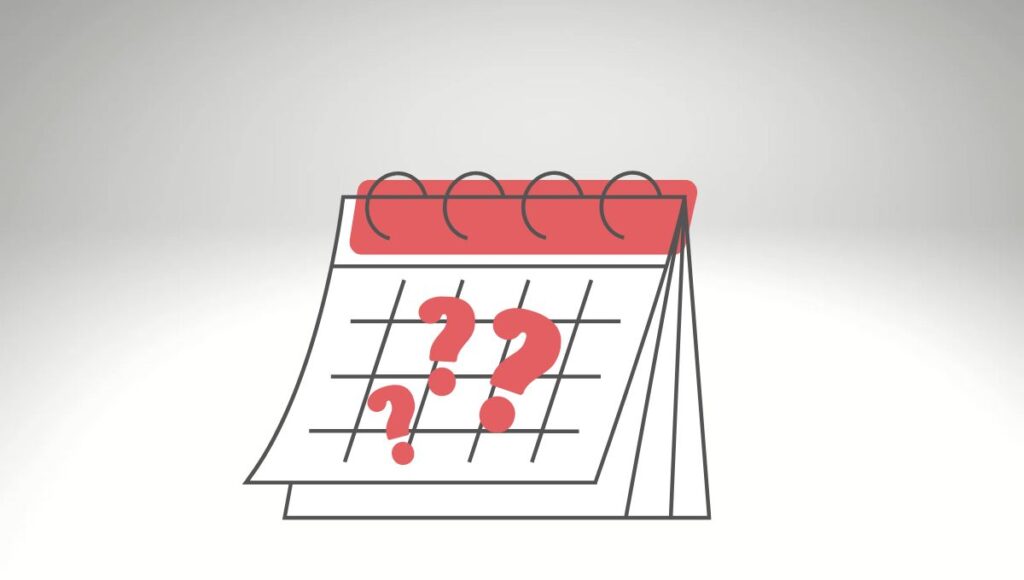Aug 29, 2024
The Role of Dates In Successful Diligence
ActPAR Diligence Strategy

Dates are a key element for successful diligence. Today’s post will explore how dates are used to support successful diligence.
Dates are an important element of your diligence projects. Today’s post will explore the role of dates in your diligence work, the challenges to finding accurate dates for online content and some ideas that you can use to raise awareness of the importance of dates for better diligence.

Defining “Date”for Diligence Purposes
A “date” is a fixed point in time that is referenced using a specific day, month, and year on the calendar. Dates are used to associate an event or occurrence with a particular point in time. And that is the important element, the ability to fix an event to a time, because that association has numerous diligence uses (see below). I call these “time associations.”
The key – start your diligence project by defining time associations and then evaluating them as you discover additional information. Your diligence project will probably have multiple time associations. For example, if you are performing diligence on a company time associations may include:
- dates that are associated with major events in the life of the company
- a date that is associated with a specific event
- information about the company that is created, published or made publicly available only with in a specified time period of dates
What this means is that while a date is a defined period, you as the diligence seeker are the one defining the time associations relevant to your project.

9 Ways to Use Dates for Successful Diligence

Planning Your Diligence Project
To efficiently perform diligence you need a plan for your particular project. The plan needs to identify requirements and time frames as best you can, based on the information that you already know. For example, you may need to take account of:
- financial, industry, legal or regulatory requirements
- the reason for your diligence (e.g. verifying or supplementing existing information)
- background and archival needs
- one or a series of specific dates or events.

Evaluating a Website
To understand if a site that you may want to use for diligence is suitable, you need to evaluate the site. Dates are one information point that you can use to evaluate a website.
Most websites that you find will not be active and therefore will not be up to date. Estimates are that there are over one billion websites and 80% of those sites are inactive. An inactive website may be one that is inaccessible because the domain registration has lapsed or it may be a site that is visible but has not been updated or maintained.
A quick way to see if the site is active, scan for dates. The obvious ones are dates on articles, reports, posts, comments to posts, website copyright notices, and the dates on posted policies.

Filtering
An online search can produce a mountain of content in all different formats. You need a way to efficiently work through the search results or return only the most relevant results. Dates can act as a filter both before and after you perform an online search. For example, you can:
- base the search on a range of dates
- sort the search results by date

Judging Credibility – Every time you look at a piece of content you will want to judge the credibility of the: (i) information and (ii) publisher/sponsor, and (iii) author/creator and (iv) background and methodologies used to create the content. You are looking for evidence that allows you to judge the honesty, trustworthiness, accuracy, and quality of what is presented to you or evidence that indicates there are issues or red flags. Some examples of using dates for credibility include:
- consistency of information over time as presented in the source you are reviewing
- searching for anachronisms or historical inaccuracy in the materials
- mismatches of dates on bios, for example, someone claiming to be working at a high level position before completing their education or after it appears they have retired
- taking dates that are provided and verifying them with other sources

Examining Validity – Information changes and in some fields or areas the change is rapid. Material published in the recent or far past may still be applicable but it may also be out of date. When you look at content and claims of expertise, you need to verify that the:
- information presented is still valid,
- expert, creator or researcher associated with the material is still considered an knowledgeable person
- any entity connected with the production or publication of the information is still reliable
To do this you need the dates associated with the material as a starting point for researching any changes to the material or any associated individuals or entities.

Finding Context – All information has a context. Context is the conditions, circumstances, and background that explain and give meaning to the information. This includes the historical, cultural and factual events that are happening at a point in time.
So, to understand the context of information that you find, you need to know timing. When was the content created, when was it published or released? You then take that time period and ask, what was the context, what was happening at that time? For example, an article about mortgage rates written today has a different context than an article written at the time of the 2008 mortgage meltdown.

Determining Next Steps – dates provide clues for next steps. While dates present a starting point for research the research does not necessarily the end with one source. When you examine the dates that you are using in your plan, that you find during your research, or when you do an evaluation or analysis you may find the need to:
- expand your timeline
- contract your timeline
- update, supplement or verify information
- change course

Analysis – Once you have a set of information you are going to ask yourself some questions about what you have found. The goal is to extract conclusions. Dates are a way to organize your material and extract meaning.
For example, a timeline of the dates of events in the life of an individual may point to conclusions that you would not otherwise notice, a spreadsheet or database that allows you to examine information based on dates of production may show you trends that you would otherwise miss.

Organizing – Dates are part of organization. You use dates for:
- citing to sources
- analysis tools such as time lines and spreadsheets
- structuring and presenting results
- storing information
- recalling information in a storage system

Challenges to Dating Online Content
Online, content can be difficult to date. There are several reasons:
- Use of Dates – theoretically information on the web lasts forever. There is no posted expiration date to content that is published on the web. No one “throws” out old articles or culls websites to make sure that only the most recent materials are presented. But practically, much of the information on the web has a “sell by” date. Social media, search engines algorithms make decisions about what content is shown to you, and dates are part of those decisions. To try to alleviate that issue or counteract what is perceived as a “stale” information problem, creators of content sometimes try not to date their material. They believe by doing so they are extending the “life” of the information.
- Unprofessionalism – anyone can put content on the web either through their own sites or social media platforms. This means you no longer need to be a professional author, publisher or editor. While the democratization of creation, publication and marketing has resulted in an explosion of content, it also means that there are many individuals and entities involved with the creation of content who have no prior experience in the traditional formalities, including properly dating materials.
- Lack of standards and standard bearers – There is no global person or persons that act as editors of all content on the web. With traditional content and media, there are established standards, processes and procedures that surround the creation and publication of content. There are people that enforce those standards, including editors and publishers. This doesn’t happen on the web. As noted above, anyone can put anything online and they can do it in any form. They can purposely or inadvertently omit dates and no one will correct the omission and there are no consequences.
- Deception – Unfortunately deception is common on the web whether for seemingly unimportant reasons such as appearing to have a perfect life to major acts of criminality and terror. The rise of publicly released tools such as artificial intelligence make it easier to produce convincing “fake” content. There are armies of individuals, entities and governments that are purposefully looking to deceive and part of that deception may include purposely omitting dates or using incorrect dates.
For all these reasons dating content on the web is not as easy as it should be. But awareness of these issues is essential. It allows you to educate your teams, build safeguards into your processes and procedures and spot red flags during the diligence process.

Strategies to Raise Date Awareness for Diligence
These are suggestions about how to get people accustomed to thinking and using dates to improve diligence. Once you start thinking about your own diligence processes you will have additional ideas.
> Develop a list of your own standard time associations. For example, the major time associations that typically apply to an entity lifespan.
> Reinforce the habit of dating materials by:
- requiring dates in plans, reports and presentations
- using proper citation form as needed
- asking questions about dates during discussions and analysis
- encouraging people to use timelines and other tools that focus on sequences and time periods
> Design rules around the use of undated content, for example requiring verification for undated materials
> Develop and build date prompts into checklists, workbooks and applications that you routinely use in your business.
Free ideas, resources and updates
Just subscribe below


Subscribe for Diligence Updates
Get the latest updates, resources, offers, and more.
"*" indicates required fields
The Diligence File respects your privacy. Privacy Policy